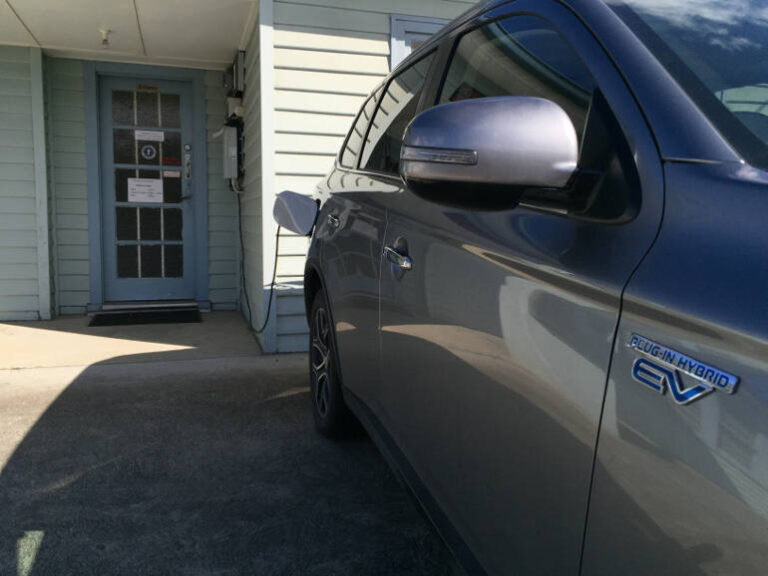It appears most Fleet Managers have overcome the issue of range when considering electric vehicles thanks to the improvements in battery technology and continuous education campaigns from advocates of electric vehicles.
The next big hurdle is employee charging. Should they charge at home, at work, or via a public charging network?
Organisations transitioning early are offering electric vehicles to enthusiasts which eliminates the potential negativity of not having a comprehensive public charging network. Feedback from these groups suggest employees are so excited to be driving an electric vehicle, that they will work through the challenges.
Another model is to continue in parallel with hybrids and EVs, giving the employee a choice and making them aware that they may need to pay for their own electricity when charging at home. This has been well received within several organisations that have charging infrastructure installed at office locations to allow regulating battery top ups.
Getting early adopters to become vocal proponents of the organisation’s emissions goals is a greater benefit than arguing about the details. Both of the examples above take a long term view and accept that there’s a lot of learning that needs to happen over the next decade before electrifying the entire fleet.
Solving this dilemma for national fleets is a tad more complicated. The options being investigated by some fleets are:
- Get the charging information from the vehicle via a telematics system and then reimburse the employee an agreed rate per kW/h.
- Install hardware at the employee’s home and then link the software to a national charging network that is billed back to the employer.
Some new technology and development is required for these options to be rolled out more widely. It’s being worked on by thousands of people within organisations that can smell the commercial opportunity,
One thing to consider is employee turnover. Highly mobile profession such as sales people change roles frequently. So in the fleet policy (and as part of the employment process), it’s a good idea to outline what happens to the charging hardware when someone leaves.
It sounds complicated, but think back to the 1990s when sales people were starting to work from home. What was your company policy on installing landlines for fax machines and ADSL? And when the pandemic hit in 2020, what was the policy for chairs and desks purchased for a home office? Overall, the $1,500 for an EV charge station will be the smallest cost to the business when an employee leaves.
There’s some concern that allowing an employee to take an EV home for charging will also encourage them to steal electricity back from the vehicle to power their home. In 2022, though technically possible, it’s really expensive to setup the hardware. In 2030 it may be more likely, but technology will make it easier to catch them.
In all of my discussions with Fleet Managers this year, the largest Australian fleet of EVs I can find is 30 vehicles. They’re all pool vehicles and the majority are charged at the office. This will change in 2023 and beyond, and so will solutions to solve this problem.






